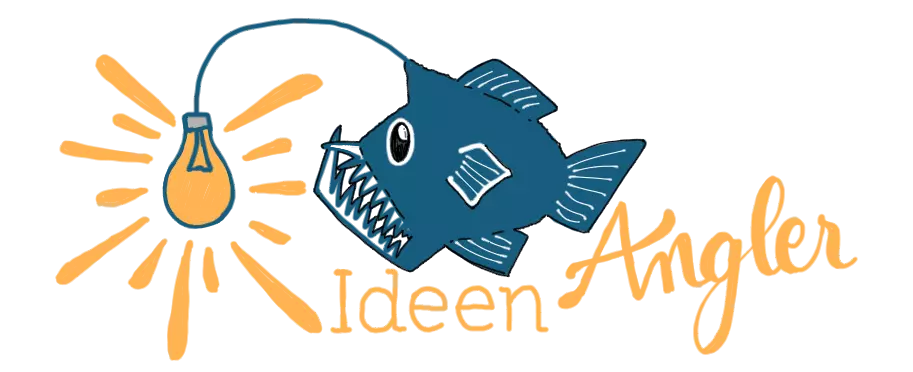How to be the person with the most creative idea
For four years of my life I have had the opportunity to answer one extremely important question: how to generate better ideas in groups?
I was lucky to see that before me, there have been many more scientists who had dedicated their research to answer that same question – so I could stand on the shoulders of giants.
Comparing the output of 90 experimental and quasi experimental primary studies on which creativity technique would lead to better ideas, I saw that Design by Analogy, for example, was one that hasn‘t been outperformed by another creativity technique so far.
And to make it clear: brainstorming has long been known to be ineffective – social loafing, production blocking, evaluation apprehension – only to name a few, are reasons for that ineffectiveness.
So after that literature review I had a pretty good sense of what kinds of creativity technique would be better than others on creating original and feasible ideas.
I then put these to the test. In my own experimental studies, I had half the groups perform a creativity task (creating adverts for their businesses) using brainwriting, and the other half of the groups performed the same task but were given 3 other techniques:
- Design by analogy
- Mr. X
- Reverse technique
Afterwards, these ideas were uploaded on a website, on which external raters – blind to the hypotheses of my study – were to rate the randomly displayed ideas on two scales: originality and feasibility of the ideas.
Results: the treatment groups had produced ideas of significantly more originality, controlled for feasibility, than the brainwriting groups.
How should you then produce ideas? Try Design by Analogy!
- List attributes of your initial situation or the problem that you want to solve. Also list attributes of the ideal final state.
- Then search for an entity from a totally different domain (nature, technology, humanity) that shares the same underlying principles.
- See how that entity would solve your problem.
- Apply the analogy solution to your initial problem.
An example?
Imagine, you design fair booths. But you feel like they should attract and invite more people to stay and linger a little longer at your stand. ATTRIBUTES OF THE FINAL STATE: people would stay because they feel comfortable there, relax, get some inspiration from your presentations
- Search for an entity, in which people like to linger, relax, be comfortable, engage in (inner) dialogue… I thought of the woods, birds singing softly, humming tones, green light, beams of the sun, some water stream flowing.
- Apply the „woods“ analogy to your booth design.
- VOILÁ


